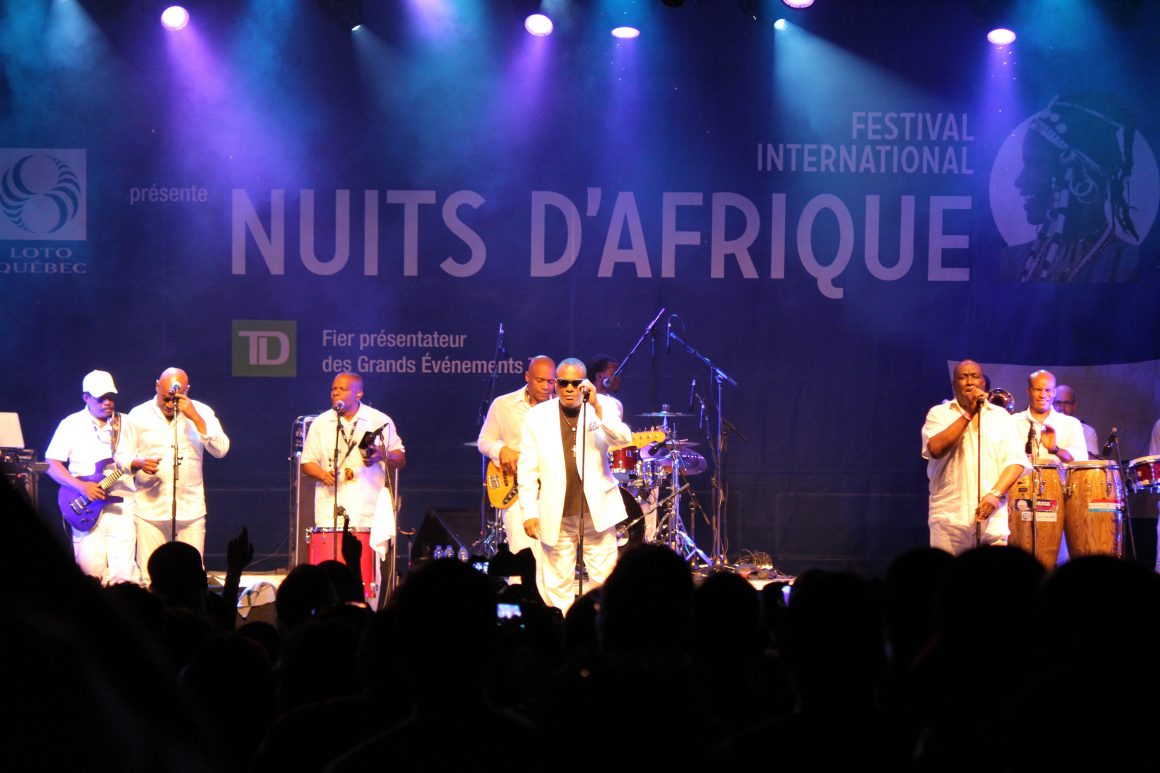Evolution of Konpa
Konpa, Haiti’s beloved music genre, has evolved significantly since its inception in the 1950s. This article traces the chronological history of konpa, highlighting key milestones, political influences, and its interaction with other genres like zouk.
1950s: The Birth of Konpa
In 1955, Nemours Jean-Baptiste created konpa dirèk, a variation of the Haitian meringue. This new genre incorporated Haitian twoubadou, jazz, and Cuban music elements. Jean-Baptiste slowed down the rhythm of the meringue, creating a style that would become synonymous with Haitian musical identity. Konpa’s rise coincided with François “Papa Doc” Duvalier’s presidency in the late 1950s. Duvalier’s administration promoted Haitian culture to foster national unity, and konpa became a symbol of modern Haitian identity.
1960s: The Orchestra Era
The 1960s saw the dominance of large orchestras in konpa music. With their rich, full sound, these orchestras became the standard bearers of the genre. Konpa began to spread internationally as Haitian immigrants carried the music to countries like the United States, Canada, France, and the Dominican Republic.
1970s: The Mini-Jazz Movement
In the early 1970s, konpa underwent a significant transformation with the rise of the mini-jazz movement. Influenced by international acts like the Beatles and the YéYés, young musicians formed smaller bands such as Skah-Shah, Bossa Combo, and Tabou Combo. These groups incorporated elements of rock, pop, and Latin music into konpa. During this period, konpa mini djaz emerged as a voice of protest against rising authoritarianism in Haiti. Some bands produced more politicized konpa, known as angajé, addressing topics like discrimination and economic inequality1.
1980s: Global Expansion
The 1980s marked a period of significant international growth for konpa. Haitian bands toured extensively, gaining fans across the Caribbean, Europe, Africa, and the Americas. Legendary groups like Tabou Combo, Les Freres Dejean, and Les Shleu-Shleu brought konpa to the global stage. Tabou Combo, in particular, achieved international recognition. Their music gained immense popularity in Panama, where it was dubbed “reggae haitiano”. The band’s world tours also introduced Haitian music to countries like Senegal and Japan.
1990s: Zouk Influence and Evolution
In the 1990s, konpa began to influence and be influenced by zouk, a popular music genre from the French Antilles. This cross-pollination led to new variations within konpa, further expanding its sound and appeal.
2000s: Modern Adaptations
As the new millennium dawned, konpa continued to evolve. Modern bands began incorporating elements of contemporary genres like reggae, hip-hop, and R&B, keeping konpa relevant for younger generations.
2010s: Preservation and Recognition
The 2010s saw efforts to preserve and promote konpa as a vital part of Haitian cultural heritage. In March 2024, Haiti officially submitted the candidacy of konpa to be inscribed on UNESCO’s Representative List of Intangible Cultural Heritage.

2020s: Ongoing Evolution and Challenges
As of 2025, konpa remains a dynamic and evolving genre. However, it faces challenges, particularly in the promotion of konpa dance. Despite the music’s popularity, the dance associated with konpa has been somewhat marginalized, often relegated to late-night club scenes known as “Bals” rather than being celebrated in mainstream Haitian media or public events. Throughout its history, konpa has reflected the resilience and creativity of the Haitian people. From its origins in the 1950s to its current global presence, konpa continues to be a vibrant expression of Haitian culture, adapting to new influences while maintaining its distinctive identity.


